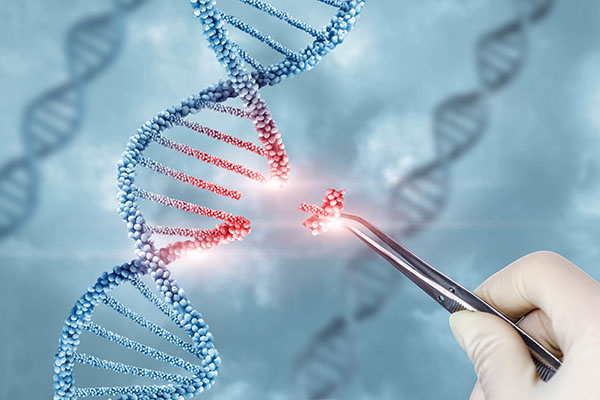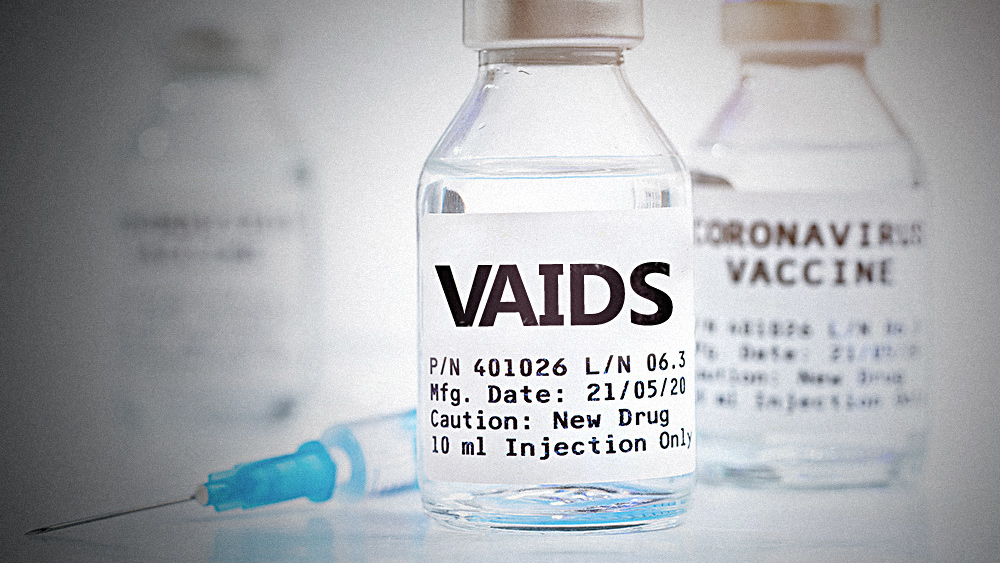FDA approves first cell-based gene therapy for rare, devastating skin disorder – but it comes with a huge price tag
05/09/2025 / By Ava Grace

- The FDA approved Zevaskyn, the first cell-based gene therapy for recessive dystrophic epidermolysis bullosa (RDEB), a rare and painful genetic disorder that causes fragile, blister-prone skin. Developed by Abeona Therapeutics, it offers a one-time treatment option but costs $3.1 million per patient.
- RDEB stems from mutations in the COL7A1 gene, impairing collagen production and leading to chronic wounds, infections, malnutrition and high cancer risk. Prior treatments only managed symptoms, while Zevaskyn addresses the root cause.
- The therapy modifies a patient’s skin cells to produce functional collagen, then transplants them as sheets onto wounds. Clinical trials showed 81 percent of treated wounds achieved significant healing, with lasting results in some cases.
- The $3.1 million price tag raises ethical and financial questions. While Abeona cites long-term savings, critics worry about affordability and insurer coverage, with only a small fraction of patients expected to access the treatment.
- Zevaskyn joins other RDEB treatments like Vyjuvek, potentially offering complementary approaches. While a scientific milestone, challenges remain in cost, durability and equitable access, leaving patients hopeful but cautious.
On April 29, the Food and Drug Administration (FDA) approved Zevaskyn, the first cell-based gene therapy for recessive dystrophic epidermolysis bullosa (RDEB) – a rare and agonizing genetic disorder that causes skin to blister and tear at the slightest touch.
Developed by Cleveland-based Abeona Therapeutics, this one-time treatment offers hope for patients who have endured lifelong pain, chronic wounds and systemic complications. However, Zevaskyn comes with a huge price tag – $3.1 million per patient. The treatment’s price has raised questions about accessibility, long-term efficacy and whether this marks true progress or just another high-priced biotech gamble.
RDEB is caused by mutations in the COL7A1 gene, which disrupts the body’s ability to produce type VII collagen – a critical protein that anchors the skin’s layers together. Without it, even minor friction causes severe blisters and open wounds that never fully heal.
Patients often suffer from infections, malnutrition (due to esophageal scarring), vision loss and a dramatically increased risk of aggressive skin cancers. The condition affects roughly 3.3 per million people, making it exceptionally rare. But for those afflicted, it is a relentless, life-altering burden. (Related: FDA approves new GENE THERAPY for rare skin disease.)
Until now, treatment has been limited to daily wound care, protective bandaging and two topical therapies approved in 2023: Vyjuvek and Filsuvez. While these options help manage symptoms, they do not address the root cause. Zevaskyn, however, takes a radically different approach – genetically repairing a patient’s own skin cells to restore collagen production.
Chemically known as prademagene zamikeracel, Zevaskyn involves extracting a patient’s skin cells and genetically modifying them in a lab to produce functional collagen. These cells are then transplanted back as sheets of healthy tissue. These sheets – up to 12 per treatment –are surgically applied to wounds, where they integrate and promote healing.
Clinical trials showed remarkable results. Eighty-one percent of treated wounds achieved at least 50 percent healing within six months, compared to just 16 percent in untreated wounds. Patients also reported significant pain reduction.
Zevaskyn’s $3.1 million price tag raises ethical and economic concerns
Unlike Vyjuvek, a topical gel which requires weekly applications, Zevaskyn is designed as a one-time intervention. This has become a major selling point for families exhausted by constant medical upkeep. Moreover, Vyjuvek is designed for smaller wounds, meaning the two therapies could complement each other.
Despite its promise, Zevaskyn’s $3.1 million price tag raises ethical and economic concerns. Abeona justified the cost by citing the therapy’s complexity, the rarity of RDEB and the potential for long-term savings by reducing hospitalizations and chronic care needs. But critics argued that such exorbitant pricing strains insurers, patients and healthcare systems already buckling under the weight of specialty drugs.
Jefferies analyst Maury Raycroft projects peak sales of $427 million by 2034 – a figure that suggests Abeona expects only a fraction of eligible patients will receive treatment. With just 10 to 14 patients expected to be treated this year, the therapy’s real-world impact remains uncertain.
The FDA’s approval of Zevaskyn is undeniably a milestone, one that could pave the way for similar gene therapies targeting other genetic disorders. Yet, challenges remain. For now, patients and families have reason to hope.
As Zevaskyn clinical trials lead investigator Dr. Jean Tang noted, some treated wounds have remained healed for years. But true progress will be measured not just in scientific achievement, but in whether this therapy reaches those who need it most – without bankrupting them in the process.
Watch this video about incorporating organic essential oils into one’s skin care routine.
This video is from the Health Ranger Store channel on Brighteon.com.
More related stories:
Coconut – The anti-aging skin treatment miracle.
Researchers look at plant extracts as a natural treatment for wrinkles and skin aging.
Oregon grape root excites dermatologists for the treatment of psoriasis and other skin diseases.
Sources include:
Submit a correction >>
Tagged Under:
Abeona Therapeutics, absurd, Big Pharma, biotechnology, breakthrough, COL7A1 gene, discoveries, Food and Drug Administration, future science, gene therapies, genetic disorders, genetic lunacy, health science, insanity, prademagene zamikeracel, recessive dystrophic epidermolysis bullosa, research, skin disorders, Vyjuvek, Zevaskyn
This article may contain statements that reflect the opinion of the author




















